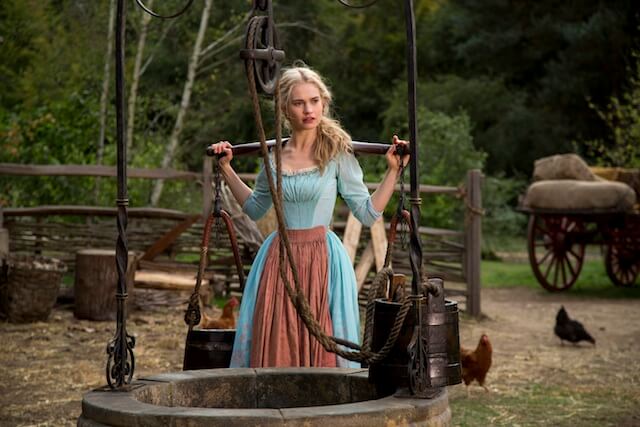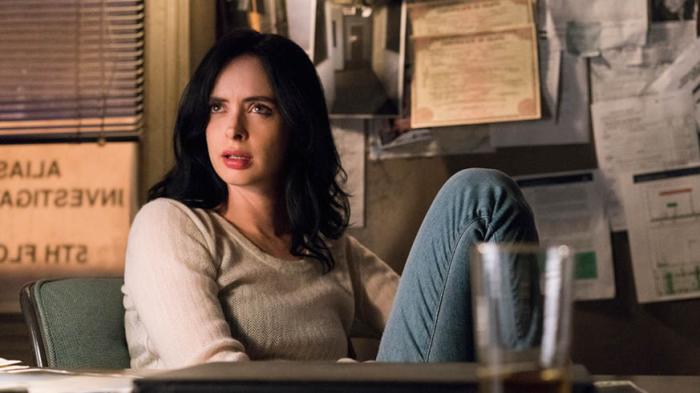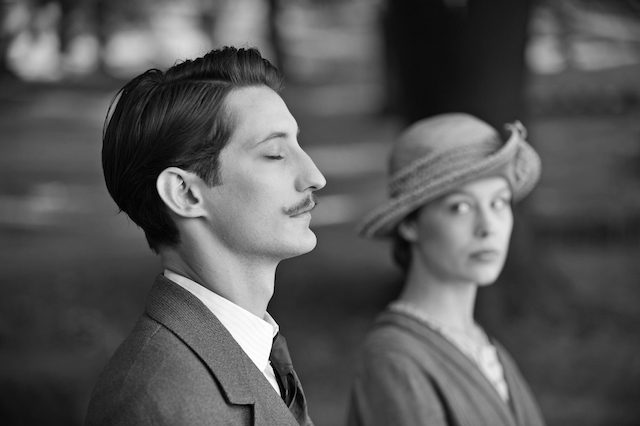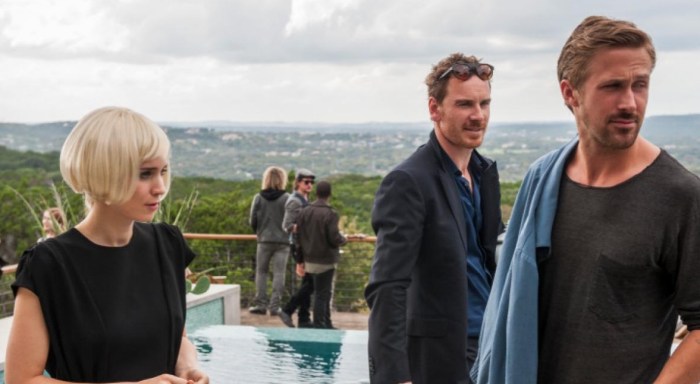‘Cinderella’ There’s no earth-quaking reason for Disney’s live-action (plus copious CGI) retread of “Cinderella” to exist. It offers some backstory and explanations; you see Cinderella’s (Lily James) dead father (Ben Chaplin) before he croaks, and learn the fairly strained reasoning behind her weird name. But these are minor additions to what is otherwise a straightforward rehash, one that follows to a T Disney’s animated 1950 favorite, if less so the versions related by Charles Perrault and the Brothers Grimm. (Among the excisions is the sick punishments visited upon Cinderella’s wicked stepsisters — though having already just included those in their film of “Into the Woods,” Disney likely felt fine keeping this hacked-up feet-free.) None of this is a complaint, mind you. The fact that this isn’t a modern fractured fairy tale a la “Maleficent” is disarmingly, perversely and for the most part pleasingly against-the-grain. Watching it is like seeing a mounting of Shakespeare that just does the period and doesn’t modernize it or set it in Nazi Germany or in space. (Michael Almereyda’s new, 21st century-set “Cymbeline,” by the way, is very good.) It’s a lovingly mounted telling of an oft-told tale, done earnestly and with great care and deep feeling by “American Pie” writer Chris Weitz and director Kenneth Branagh, neither of who lets current trends distract from keeping a classic story alive. Actually, that’s not entirely true. It doesn’t just fill in some oft-neglected story bits; it deepens characters that are often mere cyphers and finds humanity in characters that are historically full-tilt hissable. Not that Cate Blanchett, as cruel stepmother Lady Tremaine, isn’t allowed to go glazed ham. When she’s installing herself, and her monstrous daughters, in Cinderella’s home estate, she’s enjoyably undermining, chipping away piece by piece at Cinderella’s confidence, always with a smile and precisely arched eyebrow. When she’s literally tearing at Cinderella’s homely dress and forbidding her to go to the royal ball — the one at which she’ll mate with their realm’s lovelorn prince (Richard Madden) — she’s all-in wicked. But she’s also introduced, via the narrator/Cinderella’s Fairy Godmother (Helena Bonham Carter), as stewing in grief — a widow unsure of where her next home is, unable to provide for herself in a patriarchal society. And when it comes time for her ultimate comeuppance, Branagh’s camera holds on her, dwarfed in a long shot. Where next for the defeated villain? She’s not sympathetic per se but she is sympathetic-ish. Cinderella herself isn’t that much more defined than she is — which is to say isn’t — in the 1950 version. But by dwelling more on her past and her loss, and on her resilience in the face of constant humiliations, Branagh’s take turns her optimism and pluck into a kind of strength — a mighty push-back against forces intended to destroy her. You can see this on James’ expressive face and in her body language — someone who quietly, modestly, patiently fights back and will win through decency, not pettiness. There are handsome palaces and forests and computer animated renderings of squeaking mice and geese turning into Cinderella’s party entourage. But the real reason to see it is the humans.
Director: Kenneth Branagh
Stars: Lily James, Cate Blanchett
Rating: PG
3 (out of 5) Globes
Review: The new ‘Cinderella’ isn’t necessary but is deeply felt

Jonathan Olley
Follow Matt Prigge on Twitter @mattprigge














